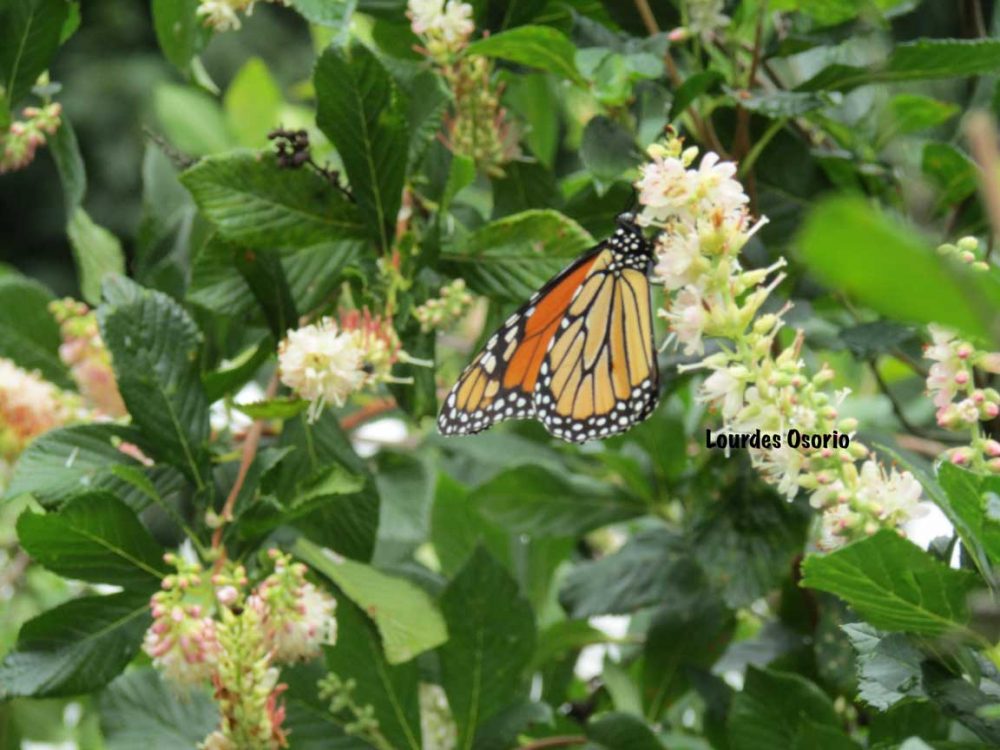
Let’s face it, the world is out of balance! Our ecosystems are dysfunctional and events that should be occurring once-in-a-blue-moon are now commonplace (hurricanes and tornadoes in New Jersey, and wildfires and unprecedented drought in the West, just to name a few). One way to help our ecosystems regain some balance is through the use of native plants.
Think of photos of Earth from space and what you see is blue and green, the essential components of life. Along with blue water, it is green plants that make life possible on our planet. Without plants, all of life — including human life — would not exist. Life on Earth is connected through complicated ecosystems and food webs that are based on complex interrelationships where sunlight, water and carbon dioxide produce oxygen and energy that plants convert to food upon which life depends.
Not any plant will do. Native plants are those that have evolved over time to support life in their area. So how does one get started? What to plant where? Begin by evaluating your conditions such as sun exposure, moisture and soil type.
A first step could be to reduce the size of your lawn. Grass that grows in a lawn is not native to our area. With a smaller (or no) lawn, you won’t have to mow as much (saving time and gas), or use as much fertilizer, pesticides and other chemicals (saving money and the planet).
Gardeners are usually drawn to flowering perennials and plan their gardens around them. However, if you are starting a new area, consider trees and shrubs first. In a few years you will be rewarded with a mature garden that provides a good habitat for insects and birds while providing privacy for the homeowner. The flashy perennials can be added later.
There are many excellent, free resources to help you. In order not to overwhelm readers, I will suggest four helpful references. Native Plants for the Small Yard by Kate Brandes is a free 60-page book found online that includes sample designs for various situations and useful plant charts with growing requirements. The sample designs are mainly for beds of perennials, so remember to use the information on small trees and shrubs included in the book and add them to your plans.
Another helpful resource is Jersey Friendly Yards, which helps gardeners create designs and search for plants based on specific requirements such as sun and shade.
The National Wildlife Federation’s website has a feature, native plant finder, which provides a list of native plants by zip code and the insects that each plant helps to support.
My own Native Plant Channel on YouTube provides videos on native plants for specific situations such as deer-resistant native plants and best natives for pollinators, as well as virtual tours of native plant gardens with tips from the gardeners and views of what native plants look like in the landscape. If you use FaceBook, you can also find this information here.
Start small so as not to become overwhelmed. Select one area of your property to begin with, and then add on to that area or create new ones in each successive growing season. With native plants, you will create a habitat that supports a plethora of fascinating insects and birds. If you plant native plants, they will come!
